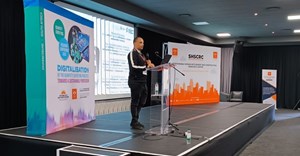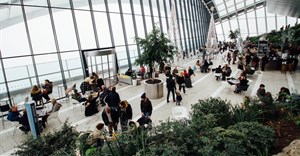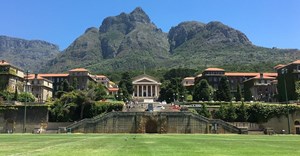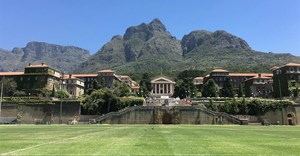
Subscribe & Follow
Winners of AfriCAN Climate Award announced

Gebrekirstos specialises in dendrochronology or the study of tree rings. She uses the width of the rings and the size of the vessels in the rings, together with stable carbon and oxygen isotope ratios in the wood, to elucidate the patterns of temperature and moisture at the time the ring was formed in the tree. Thus Gebrekirstos uses the information she deduces from these tree rings to infer historical local climates.
Her work using tree rings has shown that the periodicity of drought in East Africa has shortened from every two to eight years to every two to three years over the last 70 years. Taking into consideration the poor spatial and temporal record of historical climate data on the African continent, Gebrekirstos' work has immense importance to developing accurate predictions of future climate at a local and regional scale. To this end she raised funding and established a state of the art dendrochronology lab at the World Agroforestry Centre in Nairobi, Kenya.
Other projects
Gebrekirstos leads or participates in projects in a number of countries in East, West, Central and Southern Africa, as well as projects in Asia and East Asia. These projects focus on elucidating recent historical climate patterns in these areas and testing the vulnerability or suitability of agroforestry species and local indigenous trees to climate variability.
Gebrekirstos also has extensive international collaborations in the field of dendrochronology and climate modelling. She supervises MSc and PhD degrees and thereby develops Africa's skills base in climate change mitigation and adaptation. Gebrekirstos also contributes to a number of organisations that focus of forestry, ecology and science in Africa, as well as organisations dedicated to developing women's contributions to African Science.
Roberts is deputy head of the Environmental Planning and Climate Protection Department of the eThekwini Municipality in Durban which serves nearly 3.5 million people in an area of 2,297 km2. Roberts initiated and leads the departments planning and implementation of its Climate Protection Programme which was recently profiled by InsideClimate News as one of the top six worldwide urban mitigation and adaptation programmes.
Improving biodiversity
The underlying paradigm is that climate change adaptation and mitigation is a vehicle driving a holistic multitude of urban, social, economic and environmental renewal and developmental initiatives. This includes ecosystem-based reforestation programmes rehabilitating degraded areas, improving biodiversity and enhancing natural ecosystem services and thereby promoting climate resilience. Labour is sourced from the poorest local communities to increase economic activities in these communities while providing a means to deliver social and skills development programmes. The Buffelsdraai Landfill Site Community Reforestation Project was featured on the AfriCAN Climate Portal as a Good Practice Project.
Roberts also includes developmental and research aspects through partnerships with the local university which has included designing and testing various metrics and tools for evaluating and promoting municipal adaptation planning, implementation and community participation. These efforts have been documented in a number of acclaimed articles published in peer-reviewed scientific and urban development journals, as well as chapters for various books. On the national and international stage, Roberts is a lead negotiator for South Africa at the United Nations Framework Convention on Climate Change. She initiated Durban's winning bid for COP 17-CMP7 in 2011, and is one of the authors of the IPCC's Fifth Assessment Report.













